How to Go Vegan: 16 Tips
The vegan diet is linked to a number of health benefits, including weight loss, improved heart conditions, and better blood sugar control. However, in order to truly benefit from it, you have to take a few things into consideration since vegan food isn’t automatically healthy just because it’s vegan.
5-Minute Crafts will walk you through the different stages of becoming vegan and share a few tips on how to enjoy the process and get the most benefits out of it.
A. Before going vegan
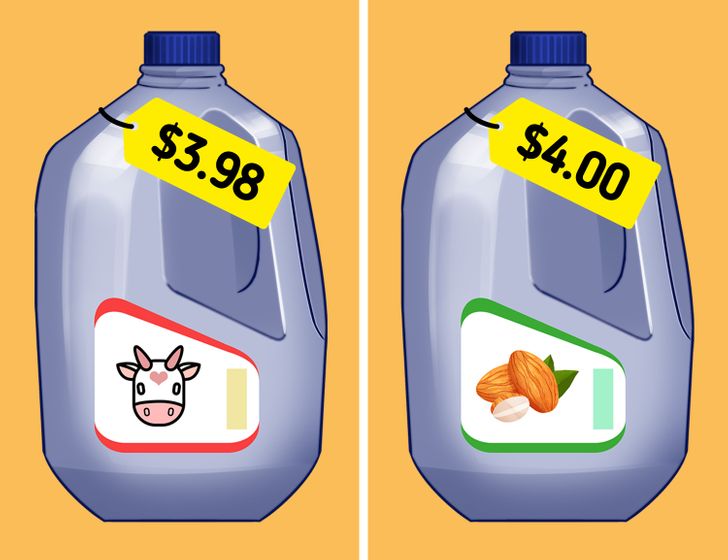
- Consider the costs: This might depend on where you’re living, product availability, and the type of vegan diet you want to have. Still, as a general rule, veganism doesn’t have to cost more than other diets, as you can see from the prices of regular milk and almond milk above. While it’s true that vegan specialty foods, such as prepared veggie burgers or meat alternatives, are often more expensive than their non-vegan counterparts, many vegans choose not to eat these. Instead, they find their missing nutrition in cheaper foods, like beans, legumes, and vegetables.
- Be prepared to answer questions: Friends and relatives will probably be curious about why you want to go vegan. Plant-based dietitian Julieanna Hever, RD, says, “The best way to minimize conflict is to emphasize that you are going vegan for your own reasons and that it seems to work for you. Make it about you so nobody feels they need to defend their choices.”

- Check with a professional: Consider getting one or more professional opinions before changing your diet. There could be genetic or health reasons why you should try a different diet that isn’t vegan.
- Take other people’s choices into account: Eating is fundamentally a social activity. We all eat with friends and relatives at restaurants, attend work events where food is served, or organize dinners at home. Consider the following situations:
1. If friends come over to your place, will you serve only vegan dishes or also other types of food? If you go to someone’s home or to a restaurant, will they be okay preparing/serving vegan food?
2. If you have a partner and they aren’t vegan, will you be okay with that?
3. If you’re breastfeeding, have you considered whether you will keep doing it or not? And, if you do, you’ll most likely have to tweak your diet a bit and take supplements. Once your children grow up, will you be okay with them not being vegan if they don’t want to?
These are just a few examples. Still, while most of these questions are fairly easy to solve, it’s better to take them into account and talk about them with others too.
B. When you’re in the process of becoming vegan
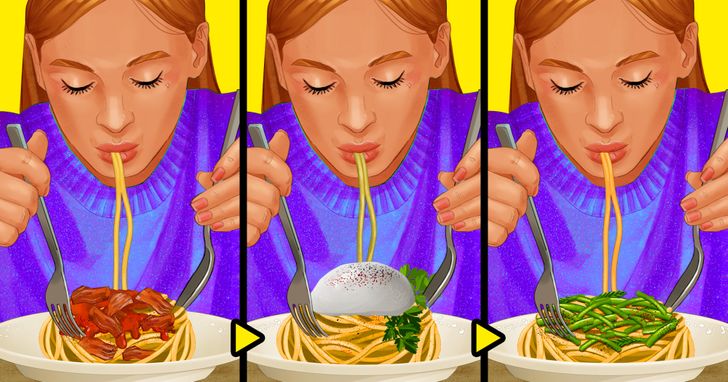
- Start slow: While some people go vegan overnight, others need a slow transition, and that’s okay too. You can start by filling half of your plate with vegetables — cooked, raw, or in a salad. Also, you could try a challenge at home, such as “Meatless Monday,” or switching out one of your daily meals for a meatless and dairy-free option.
- Try vegetarianism first: After that, if you like it, you can keep adding vegetarian meals until you’re fully immersed in the diet. You can do the same thing with vegan meals.
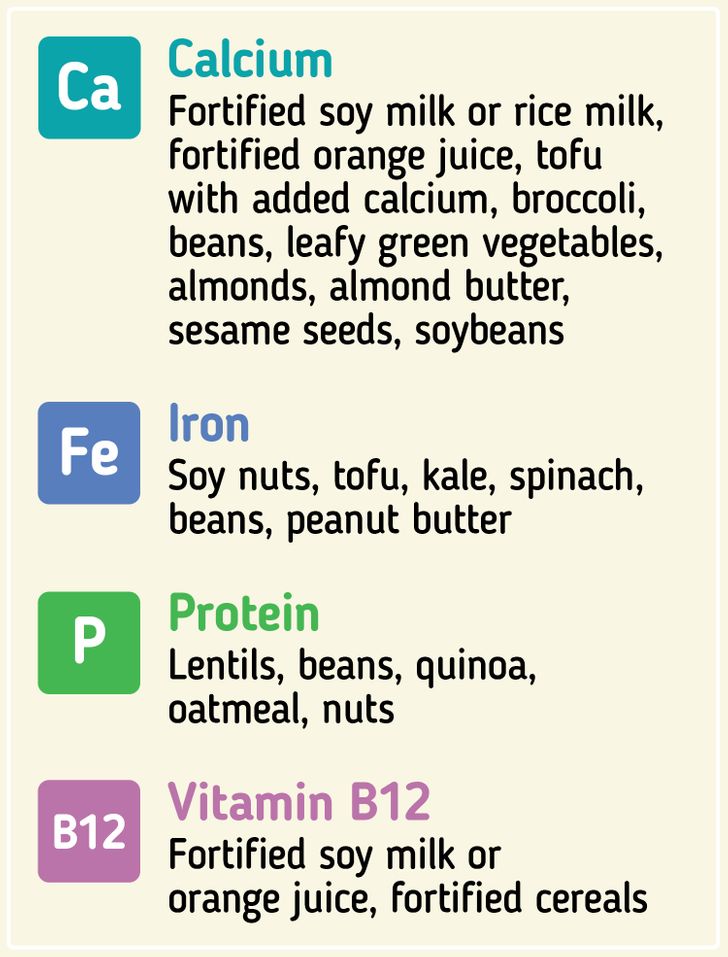
- Learn to find nutrients in the right places: Don’t assume vegan food is healthy just because it’s vegan. Meat substitutes are often highly processed and loaded with sodium and preservatives. Instead, read labels carefully, go over the basics of plant-based nutrition, and always keep learning about veganism. Find a useful, all-in-one resource to get reliable information. Be on the lookout for new healthy plant-based proteins and other products, such as tofu, tempeh, or miso, that can help you get the nutrients your body needs.
- Be adventurous: Playing around with different vegetables, grains, and other ingredients, learning new cooking techniques, trying new spices, and finding inspiration in other world cuisines isn’t only fun, but it will make you eat a richer variety of meals. There are many ways of making vegan versions of the plates you know and love — you just have to be creative about it.
C. When you’re vegan
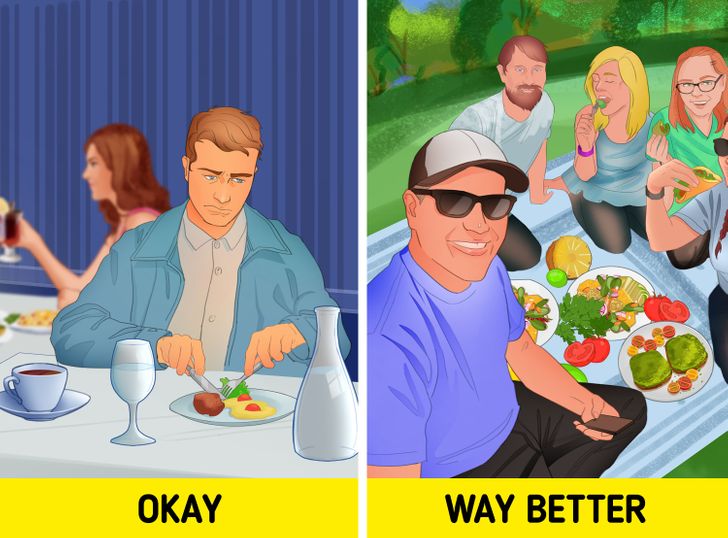
- Find community: Change feels a lot less daunting when you have company. If your family and friends aren’t exploring veganism along with you, then find a community of like-minded people in other ways. You can try going to a vegan meetup, or become a regular commenter on vegan food blogs. If you do have a friend who’s interested in plant-based cooking, invite them over for some recipe testing.
- Learn how to make vegan food for everyone: Food is all about community and sharing, so do your best to share this lifestyle with people you care about. Sometimes being an ambassador of vegan food means knowing how to create dishes that feel familiar and appeal to a wide array of more conservative palates.
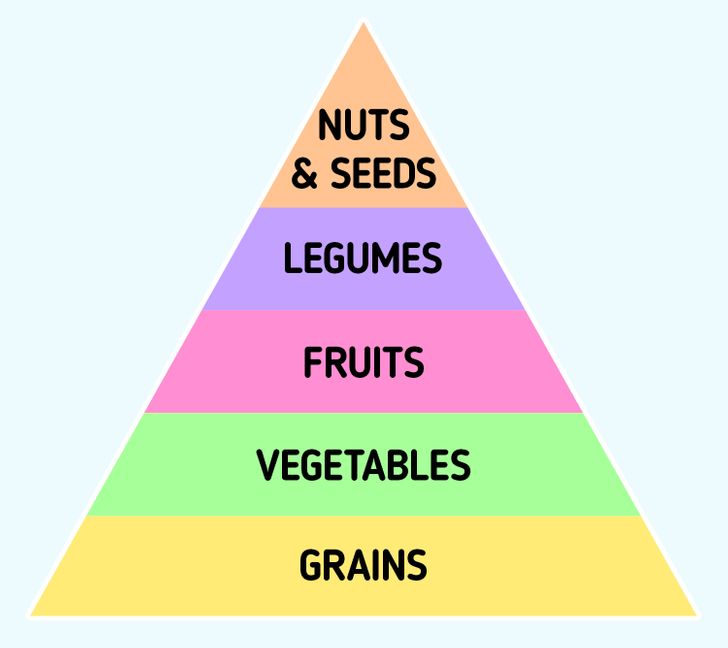
- Refrain from eating too many carbs: If you don’t plan your diet properly, there’s a risk of over-consuming carbohydrates. That’s because legumes are often consumed as a protein source and are very high in carbohydrates. Still, while vegan diets can be heavy in carbs, it’s perfectly possible to follow a vegan low-carb diet. In any case, balancing 3-macronutrient consumption (fat, protein, and carbs) is essential. You can use the vegan food pyramid as a guide to figure out what and how much to put on your plate.
- Nuts and seeds
2 servings
(1 serving = 1 oz)
- Legumes
3+ servings
(1 serving = 1/2 cup, cooked)
- Fruits
(1 serving = 1/2 cup, chopped)
- Vegetables
(1 serving = 1/2 cup, chopped, or 1 if raw)
- Grains
(1 serving = 1/2 cup)
- Keep an eye on your nutrients: If your diet isn’t planned properly, you could make the rookie mistake of missing out on essential nutrients after being vegan for a while. Pay special attention to your B12, iron, omega-3 fatty acids, zinc, and calcium levels.
D. In case you slip up or want to quit

- Don’t beat yourself up: All experts agree that beating yourself up isn’t worth it. Instead, take the time to rediscover why you went vegan in the first place. Maybe referring back to the initial thing that made you go vegan will help you not to slip up. And if that doesn’t work, that’s okay too. Remember: there’s no such thing as the perfect vegan.
- Carry out a slow transition: In any case, if you’ve decided to quit veganism, make sure you re-introduce animal products slowly and one at a time. A good approach is to introduce eggs first, then fish, poultry, and only then red meat. Slow-cooking your meat will help break down the proteins more, making it easier to digest as well. Since vegans might not be making as many digestive enzymes, you could ask your doctor if taking digestive enzymes when you reintroduce meat is a good idea.
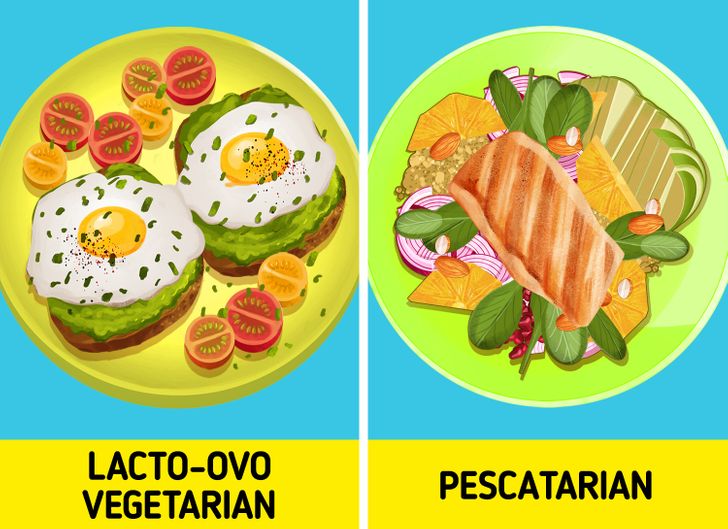
- Consider other options: Being vegan isn’t the only option in which you can help protect the environment and contribute to animal welfare. You can eat sustainably without being vegan. It’s also not the only healthy diet you can follow. There are many other diets that you can resort to.
- Semi-vegetarianism: You still eat animal products, but more selectively.
- Pescatarianism: You avoid meat and poultry but still eat fish and seafood.
- Lacto-ovo vegetarianism: You pass up all meat, fish, and poultry but include dairy and eggs in your diet.
- Low-carb whole-food: You get a high intake of vegetables, meat, fish, eggs, fruits, nuts, and fats but eat fewer starches, sugars, and processed foods.
- Paleo: This diet is centered around unprocessed foods believed to resemble those available to some of humanity’s paleolithic ancestors.
- Talk to a professional: As with any change of diet, it’s important to check with your doctor to see if the change you’re making is good for you along with the best ways to carry it out.